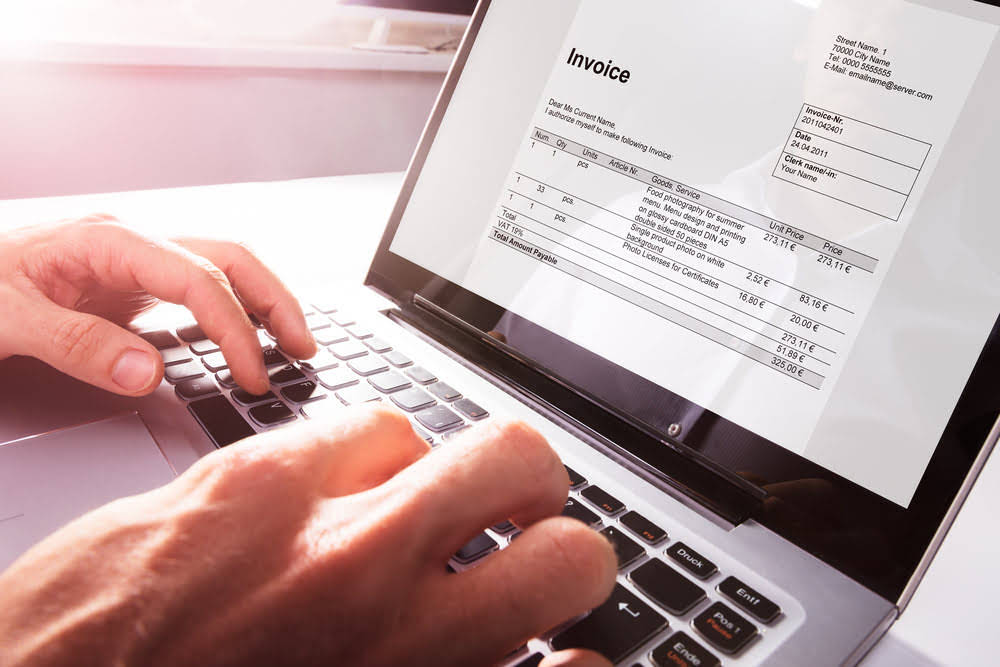
These items are measured periodically, hence need to be closed to have a “fresh slate” for the next accounting period. If you’re wondering whether to use cash or accrual accounting, cash accounting is suitable for freelancers, small businesses and sole proprietorships. However, all companies with inventories or revenues exceeding $1 million must follow the accrual method.
They are recorded in journal entries under at least two accounts (at least one debited and at least one credited). The process nonetheless does not end with the presentation of financial statements. Subsequent steps are necessary to prepare the accounts for the next accounting period (steps 8-9). These financial statements are the most significant outcome of the accounting cycle and are crucial for anybody interested in comparing your business’s performance with others. Interpreting financial statements helps you stay on top of your company’s finances and devise growth strategies. Companies can modify the accounting cycle’s steps to fit their business models and accounting procedures.
Construct the General Ledger for your Small Business
All public companies that do business in the U.S. are required to file registration statements, periodic reports, and other forms to the U.S. Therefore, their accounting cycles are tied to reporting requirement dates. The eight-step accounting cycle process makes accounting easier for bookkeepers and busy entrepreneurs. It can help to take the guesswork out of how to handle accounting activities. It also helps to ensure consistency, accuracy, and efficient financial performance analysis. In addition to identifying any errors, adjusting entries may be needed for revenue and expense matching when using accrual accounting.
Small Business Accounting 101: 12 Steps for Basics and Setup (2024) – Shopify
Small Business Accounting 101: 12 Steps for Basics and Setup ( .
Posted: Thu, 25 Jan 2024 08:00:00 GMT [source]
At the end of the accounting period, companies must prepare financial statements. Public entities need to comply with regulations and submit financial statements before specified deadlines. First, an income statement can be prepared using information from the revenue and expense account sections of the trial balance. This new trial balance is called an adjusted trial balance, and one of its purposes is to prove that all of your ledger’s credits and debits balance after all adjustments.
Who Is Responsible for Performing the Accounting Cycle?
Contrarily, whenever a mistake is found, businesses make corrective entries. First off, the accounting cycle includes adjusting entries as a necessary step. On the other hand, if the records are error-free, correcting entries is not required. Preparing a post-closing trial balance is the last step of the accounting cycle.
Adjusting entries are prepared to update the accounts before they are summarized in the financial statements. Some errors could exist even if debits are equal to credits, such as double posting or failure to record a transaction. Closing entries offset all of the balances in your revenue and expense accounts. You offset the balances using something called “retained accouting cycle earnings.” Essentially, this is the profit or loss for the year that is “retained” in your business. When transitioning over to the next accounting period, it’s time to close the books. Missing transaction adjustments help you account for the financial transactions you forgot about while bookkeeping—things like business purchases on your personal credit.
